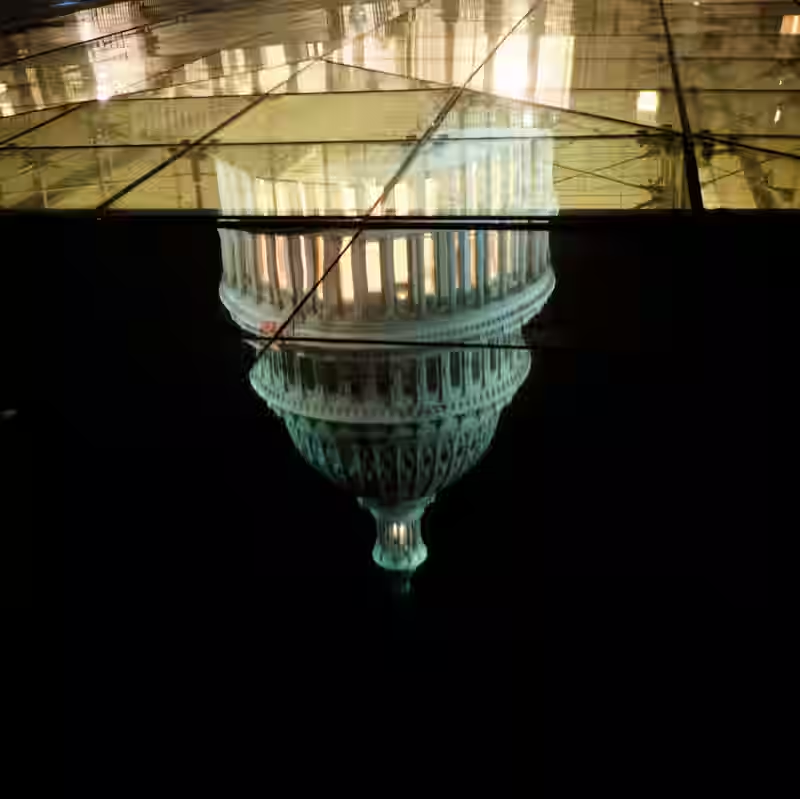As Shutdown Looms, Americans Scramble to Understand Which Services Are Safe
With Congress and President Trump deadlocked over a spending deal, a federal government shutdown appears imminent. If no agreement is reached by Tuesday night, nonessential federal operations will halt at 12:01 a.m. Wednesday—but not all services stop. Here’s what continues, what freezes, and what it means for you.

What Stays Open? Essential Services Continue
Thanks to permanent or multi-year funding, or because they’re deemed critical to national security and public safety, these services keep running:
- Social Security & Supplemental Security Income (SSI) – Payments continue, but new applications may face delays.
- Medicare & Medicaid – Benefits unaffected in the short term.
- Veterans Affairs (VA) Health Care – Hospitals and clinics remain open.
- Mail Delivery – The U.S. Postal Service is self-funded and operates normally.
- Military Operations – Active-duty troops stay on duty (but may not receive timely pay).
- Air Traffic Control & TSA – Essential for public safety.
What Shuts Down? Nonessential Functions Halted
| Service | Status During Shutdown | Impact on Public |
|---|---|---|
| National Parks & Museums | Closed | No access to monuments, trails, or Smithsonian institutions |
| Passport Processing | Suspended (except emergencies) | Delays for travel, study abroad, or immigration |
| IRS Customer Service | Limited | No help with tax questions or refund tracking |
| FDA Inspections | Reduced | Higher food safety risks |
| Small Business Loans | Paused | New SBA applications frozen |
What About Federal Workers?
Approximately 800,000 federal employees could be furloughed or required to work without pay. Historically, back pay is issued after the shutdown ends—but the financial strain is immediate.
How Long Could This Last?
Past shutdowns have ranged from one day (2021) to 35 days (2018–2019). With both parties dug in over health care funding, experts warn this one could extend into October.
[INTERNAL_LINK:U.S. Government Shutdown]




